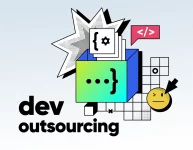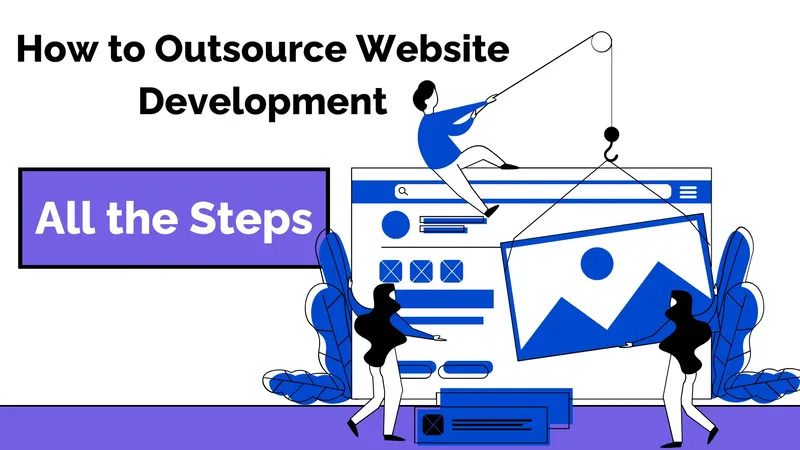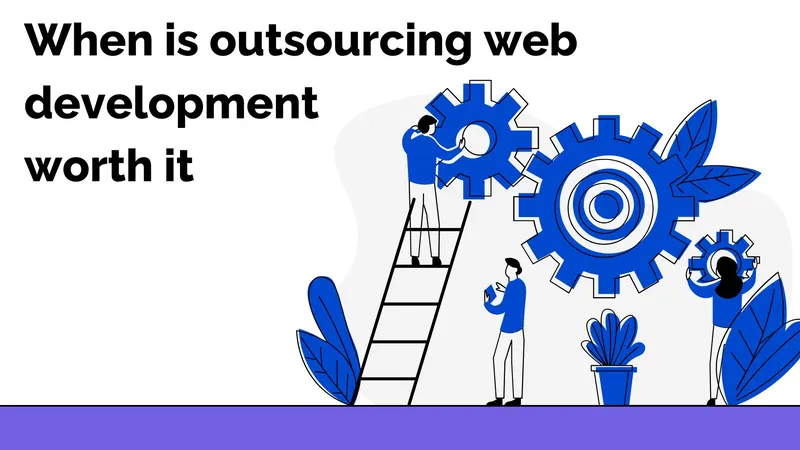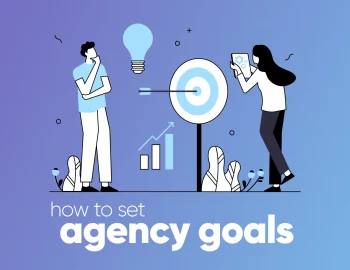Wondering how to outsource a website’s development? Well, I’m not surprised you are – you get to expand your agency’s services without hiring a full-time, in-house web development team, impressing your clients with top-notch websites in the process, while still focusing on perfecting your own game.
And that’s exactly where this guide comes in. Breaking down everything you need to know, today I’ll help you walk away with a clear game plan to use when you want to outsource website development. Let’s dive in!
How to outsource website development: All the steps
Outsourcing website development isn’t just about finding developers and hoping for the best – it’s a process. A smooth, strategic, and well-planned process that keeps your agency in control while letting the experts handle the code. So, where do you start? Let’s get into it.
1. Define your project needs
Before you even think about looking for a web developer, you need to get crystal clear on the project’s purpose and needs. This means sitting down with your client and getting as many details as possible from them. You are the connecting link, so ask questions (your client is not supposed to know all the particulars when wanting to build a site).
Ask, and the more specific you are, the easier it will be to find the right web development partner and this will also lead the redundant revisions to a minimum. So, here’s what you should certainly get in advance:
- Business goals: What is the target audience and what goals is the website aiming to achieve?
- Scope: What pages, features, and functionality does the web project need?
- Design vision: Will your team provide the web designs, or do you need a developer who can also outsource web design (this one’s for you to answer)?
- Tech requirements: Do your client or you have a preferred CMS (like WordPress or Webflow) or specific frameworks in mind?
- Budget & timeline: What’s realistic for your agency and client?
Clear all this up upfront and you’ll save all the parties involved endless back-and-forth later. Plus, it helps potential outsourcing companies give accurate estimates instead of vague, rough figures.
2. Choose an outsourcing model that suits your needs
When it comes to outsourcing, one size doesn’t fit all and the best approach to it depends on the project’s goals, budget, and scope. There are three common models worth considering:
- Full project outsourcing: Perfect if you don’t have an in-house web development or design team. Your outsourcing partner takes care of everything – from planning to launch – while you stay in the loop using project management tools to track progress and provide feedback.
- Dedicated team: Ideal for long-term or large-scale projects, this model provides a team of developers who work exclusively on your project while remaining external. With the proper tools, seamless real-time communication keeps everyone on the same page.
- Staff augmentation: Best when you already have an in-house team but need specialized expertise. This model lets you bring in external professionals to fill skill gaps. Platforms like Toptal can help you find the right talent and then smoothly integrate them into your existing workflow.
Choosing the right outsourcing model will ensure workflow efficiency, cost-effectiveness, and the best results for your client and your business so don’t rush it.
3. Research web development outsourcing companies
Now that you know what you need, it’s time to find the right people to build it. But here’s the tricky part – not all web developers are created equal and this means that their strengths and skills can significantly vary. So, as you browse, check portfolios, client reviews, and project case studies. And where do you look?
- Freelance platforms – Upwork, Dribble, and Behance are great for finding individual developers with verified reviews.
- Web development companies – If you need a full team (developers, project managers, QA testers), look at Clutch, DesignRush, or agency directories.
- Referrals & networks – Ask fellow agency owners or designers who they’ve worked with and trust.
Look for web developers or teams that have previous experience with similar design-driven projects – because I’m guessing your agency’s aesthetic standards are higher than most and this will give you a clearer idea about what you can expect.
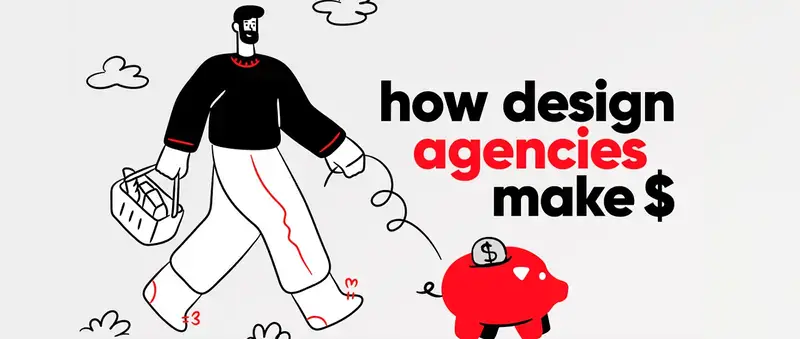
4. Request and evaluate proposals
Once you’ve shortlisted a few promising candidates that meet your criteria, it’s time to reach out and get quotes. A solid request for proposal (RFP) will help you compare your options side by side. So, be clear about:
- Everything you’ve outlined in Step 1 – Your web project scope and goals, timeline, budget, and tech (and design if any) requirements.
- The level of collaboration you expect – Do they need to work closely with your designers?
- Any must-have specific skills or experience – For example, expertise in Webflow, Shopify, or custom WordPress development.
When proposals come in, don’t just look at the price. Consider their communication style, problem-solving approach, and attention to detail. Do they ask thoughtful questions? Provide realistic timelines? Show enthusiasm for your project? A vendor who truly gets your vision is worth way more than the cheapest option. Ultimately, you rely on these people to deliver a timely, high-quality result that your client (and yourself) is satisfied with.
5. Choose your outsourcing vendor
Alright, you’ve done your research and collected proposals so now it’s decision time. Picking the right web development company isn’t just about who has the best portfolio or lowest price – it’s rather about who you can actually work with.
Still, how much you’ll pay is pretty important, no doubt about it, so if you can’t put your curiosity at rest here’s how much it costs to outsource website development. And putting money aside, here’s how to make the right choice:
- Compare experience & expertise: Look at their past web projects. Do they align with the type of websites you need? Is this the result you’re going for?
- Evaluate communication & responsiveness: A developer who is proactive, who vibes with you, and who addresses projects thoughtfully will have a healthy working relationship with you and save you tons of headaches down the line.
- Consider scalability & support: Will they be around for ongoing maintenance? What’s their policy on revisions and bug fixes?
- Check references: If possible, ask past clients about their experience.
At the end of the day, go with the outsourcing company that feels like a true partner – someone who understands your agency’s vision and won’t disappear when things get tough. When you’ve set all expectations, cleared out all details, and negotiated the terms (like payment schedule, confidentiality, and ownership) it’s time to cement everything in a legal contract and kick things off the right way.
6. The get-go meeting & The brief
This is where you set the foundation for a smooth, drama-free project. This meeting (even if it’s just a Zoom call) ensures everyone is on the same page before any web development starts. Here’s what to wrap:
- Project overview: Walk through and confirm the design, goals, and expected outcomes (even if you’ve already talked about it before).
- Roles & responsibilities: Clarify who’s handling what – from content population to QA testing.
- Technical details: Confirm hosting, CMS preferences, and any third-party integrations.
- Milestones & deadlines: Set the final expectations for delivery dates, revisions, and launch timelines.
- Communication & tools: Decide how you’ll stay in sync (Slack? A project management tool? Weekly check-ins?).
And don’t forget the brief. A well-prepared, detailed brief minimizes back-and-forth and keeps the project aligned with your vision. Include wireframes, design files, brand guidelines, and any specific instructions to ensure the final product looks exactly as expected.
Though in most cases the person leading the development team takes care of the creative brief (simply because they know the right details to cover and questions to ask), this doesn’t mean that you can’t show up prepared. Anything that can minimize miscommunications and help achieve the desired results more easily is worth your time and effort.
If you want to learn more about creative briefs and how to easily prepare one, we’ve got the right article for you!
7. Final check & launch
You’re almost at the finish line, but before you call it a win and pop the champagne, you need to test everything. Strictly. No one wants a site that looks amazing but breaks the moment a user clicks a button. Here’s what to check:
- Design accuracy: Is the live site as wanted in the original design?
- Responsiveness: Does it work flawlessly on desktop, tablet, and mobile?
- Speed & performance testing: Run it through Google PageSpeed Insights or GTmetrix.
- Functionality: Test all forms, buttons, links, and dynamic features.
- SEO & analytics: Ensure meta tags, alt text, and tracking codes are properly set up.
And once everything looks great, it’s go time – coordinate with your client, schedule the launch, and make sure the transition is seamless. Post-launch, strive to keep communication open with your development partner for any last-minute fixes, optimizations, or even further collaborations.
Why and when is outsourcing web development worth it?
Well, outsourced website development isn’t just about saving money. It’s about working smarter and scaling your agency without the overhead as well. But how do you know when it’s the right move?
When outsourcing Is Right for you:
- When your agency doesn’t have an in-house dev team. If you specialize in branding, design, and strategy, hiring full-time developers might not make sense as you won’t need them that much. Outsourcing is a good solution here as it lets you expand your service offerings without permanent payroll commitments.
- You need flexibility. Some months, you might need multiple websites built. Other times, nothing. With outsourcing, you only pay for development when your business needs it – no need to worry about keeping your web development team busy during slow periods.
- When you want to scale without the growing pains. Hiring, onboarding, and training new devs takes time (and also money). When you’re looking to grow fast and save time, outsourcing gives you instant access to skilled developers without the HR headaches.
- You’re working on a web development project outside your expertise. You might have developers in your team but sometimes you may face complex, custom web applications, e-commerce integrations, or whatever project your team is not yet skilled for. Instead of spending months learning the technology stack, outsourcing to specialists can get it done faster (and oftentimes better).
- When your current development workflow is slowing down projects. You may face a project where development bottlenecks are delaying client work, and then outsourcing can speed up delivery and help you maintain a good reputation.
When Outsourced Website Development Might Not Be the Best Option:
- If you need absolute control over the development process (like daily check-ins and in-person collaboration).
- If your web development projects require highly specific, long-term technical expertise (it might be more cost-effective to hire an in-house team in this case).
- When you’re working with ultra-sensitive data that requires on-site security and compliance.
How much does it cost to outsource website development?
Ah, the million-dollar (or hopefully, much cheaper) question: How much should you budget for outsourced web development? The answer? It depends. Development costs vary based on complexity, location, and who you’re hiring. But let’s break it down.
Pricing by developer type:
- Freelancers ($20 – $150/hr): Great for smaller projects, landing pages, and WordPress builds. Rates vary depending on experience and location (for example, U.S. web developers charge more than offshore developers).
- Small agencies ($50 – $200/hr): Ideal for mid-sized projects that require a team approach (designers, developers, and project managers working together).
- Large agencies ($100 – $300/hr): Best for enterprise-level builds, web applications, and complex functionality that requires advanced expertise.
How location affects cost:
Outsourcing to different regions comes with different average hourly rates (and code quality, of course):
- U.S., Canada, Western Europe: $75 – $200/hr (high-quality web developers, but most expensive).
- Eastern Europe: $30 – $80/hr (highly skilled, solid developers at competitive rates).
- South America: $25 – $75/hr (good talent, growing market).
- Asia: $15 – $50/hr (cheaper rates, but communication and quality can vary).
Other cost factors to consider:
- Revisions & scope creep: If your project expands mid-way or you add new features, expect additional costs.
- Project management fees: Some outsourcing companies charge extra for dedicated project managers.
- Post-launch maintenance: Consider ongoing updates, hosting, and support.
Outsourced website development can cost anywhere from a few hundred to six figures, depending on your needs (I know you wish for a firm price and I’m sorry to say it but most times the price is project and service-based). The key is finding the right balance between quality and budget – because a cheap website that doesn’t work is way more expensive(and harmful to your reputation) in the long run.
Bottom line?
Outsourcing web development is a game-changer when done properly. It lets your agency stay agile, take on bigger projects, and wow your clients without the bother of managing a full-time development team. The key? Choosing the right partner, setting clear expectations, and managing the whole project like a pro. Do that, and you’ll have happy clients, a thriving agency, and a web development process that just works.
My farewell gift to you? I’ll give you a hint on where to look for a partner that will do the job while leading the “Why does this button not work?” moments to a minimum – htmlBurger. Check them out, you won’t regret it.
Now go out there and build something amazing!
If you’re still in the mood to improve your creative agency management skills, we’ve got more helpful reads for you:


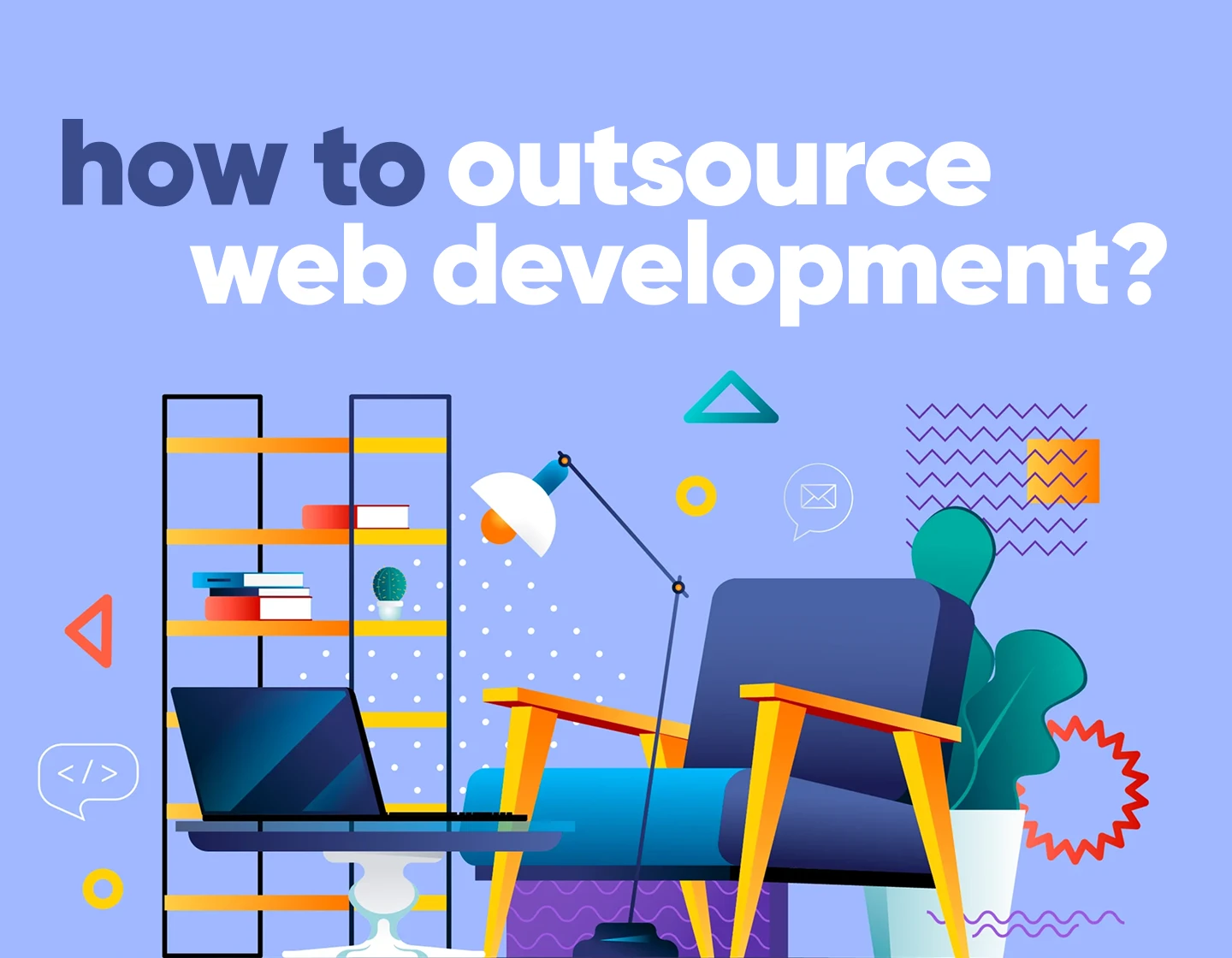

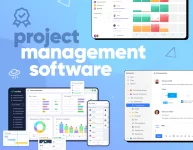
![How to Manage an Offshore Development Team Effectively [Tips & Tricks]](https://reallygooddesigns.com/wp-content/uploads/2025/06/how_to_manage_an_offshore_development_team-193x150.webp)
